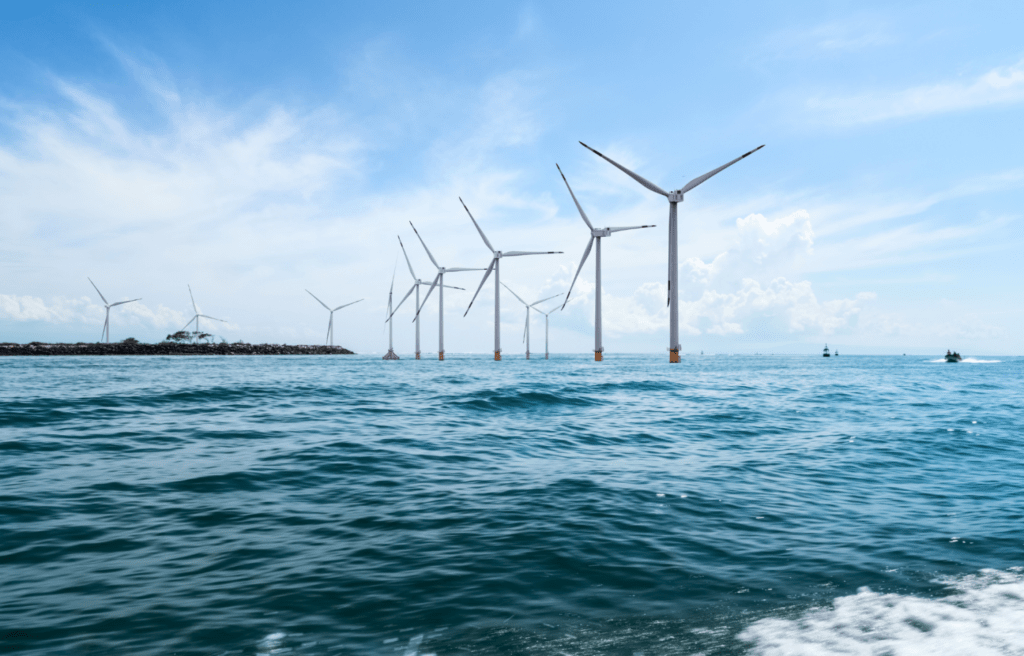Publication date: January 8, 2024
The METI and the Ministry of Land, Infrastructure, Transport and Tourism (MLIT) announced on December 13 the results of the second round of bids for offshore wind projects based on the Renewable Energy Sea Area Utilization Law.
Off the coasts of three cities in Akita Prefecture, a consortium of four companies including JERA was selected, while off the coasts of Murakami City and Taiyo City in Niigata Prefecture, a consortium of three companies including Mitsui & Co. was chosen. Off the coast of Eshima in Saikai City, Nagasaki Prefecture, a consortium of two companies including Sumitomo Corporation was awarded the contract.
The bid prices were 3 yen per kilowatt-hour for both Akita and Niigata, which was the lowest bid price, and 22.18 yen for Nagasaki. Full details of the awards are as follows:
- In Akita Prefecture, a consortium of four developers (JERA, J-Power, Itochu, Tohoku EPCO) were chosen to build 21 wind turbines off the coasts of Oga, Katagami, and Akita Cities, totaling 315MW in capacity. The commercial operation date is planned for June 2028 at JPY3/KWh.
- In Niigata Prefecture, Mitsui, RWE Offshore Japan and Osaka Gas won the bid to construct 38 wind turbines with a total capacity of 684MW at JPY3/KWh. This project is expected to be operational by June 2029.
- In Nagasaki Prefecture, Sumitomo Corp. and Tokyo Electric Renewable Power will build 28 turbines with a total capacity of 420MW. The bid price is set to JPY22.18/KWh and the operation will begin in August 2029.
- The selection results for projects off the coast of Noshiro City, Akita Prefecture, will be announced in March next year. The delay was because of the need to re-submit the port usage plan because there was an overlap in port utilization by several bidders.
All of these projects will be fixed-bottom offshore wind. The bidders for the Nagasaki project proposed a much higher price than the others because the hard bedrock of that prefecture’s coast requires a more costly construction technique.
This announcement came earlier than anticipated. There is speculation that it was made public before METI Minister Nishimura handed in his resignation.
The Feed-in-Premium (FIP) will be applied to these three projects. The upper limit was set at JPY29 for Nagasaki, and JPY19 for the other two areas, but the expectation was for aggressive bidding at JPY3, which is the zero premium level. If a developer bid JPY3 or below, it received full points for the “price” category in the government’s evaluation.
This second round of bids would add over 1GW to Japan’s domestic offshore wind capacity by 2030. Yet much more needs to be added.
According to its 6th Strategic Energy Plan published in 2021, the government hopes to increase domestic offshore wind capacity from 135MW in 2022 to 10GW by 2030.

Thank you for reading. This article has been taken from our Linkedin Weekly News Digest. If you found it engaging, please consider subscribing to it here for additional content.
